![]() I’m a few days behind on sharing my picks from December’s journals, but Chris has been doing such a stupendous job of sharing absolutely wonderful geology posts (and of deconstructing terrible science reporting), that I hardly feel guilty waiting until he’s occupied with travels before sneaking this post onto the blog.
I’m a few days behind on sharing my picks from December’s journals, but Chris has been doing such a stupendous job of sharing absolutely wonderful geology posts (and of deconstructing terrible science reporting), that I hardly feel guilty waiting until he’s occupied with travels before sneaking this post onto the blog.
Without further ado, here is the odd assortment of articles that hit my email box in December that I found most intriguing. They reflect a mixture of my past, present, and future research and teaching interests and should not be considered a reflection of anyone else’s tastes in science.
Burbey, T.J. (2010) Fracture characterization using Earth tide analysis, Journal of Hydrology, 380:237-246. ![]() doi:10.1016/j.jhydrol.2009.10.037
doi:10.1016/j.jhydrol.2009.10.037
Tides are popping up all over in the geology literature these days, from the Slumgullion earthflow (atmospheric tides) to the San Andreas fault (earth tides). Here Burbey uses water-level fluctuations in fractured rock confined aquifers to quantify specific storage and secondary porosity. Fractured rock aquifers are notoriously tricky to understand, and this method gives hydrogeologists one more tool in their arsenal for understanding places like the Blue Ridge Mountains and the Piedmont. Since I’m getting interested in the fractured rocks in just those areas, this paper caught my eye.
Burnett, W.C., Peterson, R.N., Santos, I.R., and Hicks, R.W. (2010) Use of automated radon measurements for rapid assessment of groundwater flow into Florida streams Journal of Hydrology, 380:298-304. ![]()
![]() doi:10.1016/j.jhydrol.2009.11.005
doi:10.1016/j.jhydrol.2009.11.005
Radon is a conservative tracer with concentrations several orders of magnitude higher in groundwater than surface water. That means that it can be used to evaluate the groundwater inputs into different stream reaches, though it is often used in conjunction with other tracers to get quantitative estimates. In this paper, Burnett and colleagues lay out a method for using radon as a sole tracer to quantify groundwater discharge. I’m looking around for tracers to separate overland flow, flow through the soil/saprolite, and groundwater from rock fractures, so this paper piqued my interest as radon is one candidate I’m learning more about.
Garcia-Castellanos, D., Estrada, F., Jim?©nez-Munt, I., Gorini, C., Fern?†ndez, M., Verg?©s, J. and De Vicente, R. 2009. Catastrophic flood of the Mediterranean after the Messinian salinity crisis. Nature, 462, 778-781, doi:10.1038/nature08555.
5.6 million years ago the Mediterranean basin was nearly dry and highly saline in the midst of a period known as the Messinian salinity crisis, but 5.33 million years the Atlantic Ocean rapidly refilled the basin by overtopping and incising through the sill at the Straits of Gibraltar. How fast did that sea refill? How big was the peak discharge? And what did all that water do the straits itself? Those are the questions tackled in this paper, which combines borehole and seismic data with hydrodynamic and morphodynamic modeling. The story that Garcia-Castellanos and colleagues tell as a result of their work is truly astounding. The Atlantic Ocean overtopped the sill and slowly began to refill the Mediterranean, but as the sill eroded, discharge (and incision) increased exponentially until peak discharges on the order of 108m3/sec were reached and sea levels in the Mediterranean were increasing by up to 10 m per day. While the beginning and the end of the flood may have stretched out for thousands of years, the modeling work suggests that the vast majority of water transfer and the incision of greater than 250 m deep canyons across the Straits of Gibraltar was done on a time scale of several months to two years. That peak discharge is ten times greater than that estimated for the Missoula Floods, themselves not trifling events, and there may have been profound paleoclimate repercussions from such a significant change in the region’s hydrological status.
Grimm, R. E., and S. L. Painter (2009), On the secular evolution of groundwater on Mars, Geophys. Res. Lett., 36, L24803, doi:10.1029/2009GL041018.
Grimm and Painter created a 2D pole-to-equator model of subsurface water and carbon dioxide transport, initiated the model by simulating sudden freezing, and then looked at the effects over geologic time scales (secular evolution). According to their abstract, their model predicts water to be found in different places on the Martian landscape than previous ideas had suggested. I guess we’ll just have to go look and see who is right.
Jiang, Xiao-Wei; Wan, Li; Wang, Xu-Sheng; Ge, Shemin; Liu, Jie Effect of exponential decay in hydraulic conductivity with depth on regional groundwater flow Geophys. Res. Lett., 36, L24402, doi:10.1029/2009GL041251.
In soils and in the Earth’s crust, hydraulic conductivity (K) generally decreases exponentially with depth. This phenomenon is the result of the compaction and compression of the overlying strata. In this paper, Jiang and colleagues examine the implications such decreases in K on local versus regional groundwater flow systems. They find that the more quickly K decreases, the less water makes into the deeper regional flow systems and local flow systems extend deeper into the subsurface. They suggest that when hydrogeologists try to interpret regional flow problems, that we need to bear in mind the effects of decreasing K on the systems.
Knight, D.B. and Davis, R.E. 2009. Contribution of tropical cyclones to extreme rainfall events in the southeastern United States. J. Geophys. Res., 114, D23102, doi:10.1029/2009JD012511.
Knight and Davis used 25 years of observational, wind-corrected, and reanalysis data for the southeastern Atlantic coastal US states and found that extreme precipitation from tropical storms and hurricanes (TCs) has increased over the study period. They find that this increase in TC contribution to extreme precipitation is a function of increasing storm wetness and frequency, but not storm duration. If TCs are producing more precipitation, their flood hazards are also increasing, and flooding is already the leading cause of deaths associated with TCs.
Meade, R.H. and Moody, J.A. 2009. Causes for the decline of suspended-sediment discharge in the Mississippi River system, 1940-2007. Hydrological Processes. 24, 35-49. doi:10.1002/hyp.7477
Dams on the Missouri and Upper Mississippi Rivers have been blamed for trapping almost 2/3 of the sediment that used to reach the Lower Mississippi and Delta. Here, Meade and Moody show that the dams are only trapping half of the missing sediment, while engineering practices such as bank revetments and meander cutoffs, combined with better erosion control practices in the drainage basin, probably account for the rest. Meade and Moody suggest that this river system, in the largest basin in North America, has been transformed from transport-limited to supply-limited, which is a pretty amazing fundamental shift in the behavior of the river and its ability to deliver sediments to the Gulf of Mexico. [Note that there’s another article in the same issue on “A quarter century of declining suspended sediment fluxes in the Mississippi River and the effect of the 1993 flood.” Both articles are in the public domain and not subject to US copyright laws, though there doesn’t seem to be an obvious way to take advantage of that from the Wiley website.]
Neumann, R.B., Ashfaque, A.N, Badruzzaman, A. B. M., Ali, M.A., Shoemaker, J.K., and Harvey, C.F. 2010. Anthropogenic influences on groundwater arsenic concentrations in Bangladesh, Nature Geoscience 3, 46-52. doi:10.1038/ngeo685
The story of groundwater of southeast Asia’s deltas, where tens of millions of people live at risk of arsenic poisoning from their drinking water, is perhaps the most compelling contemporary scientific story of how geology, geomorphology, hydrology, and humans intertwine. It’s also an extremely complicated story, with arsenic-laden sediment from the Himalayas settling in the deltas , irrigated rice fields and ponds changing the local groundwater flow patterns, and microbially mediated oxidation of organic carbon driving the geochemical release of the arsenic into the groundwater. This story has been being pieced together in many papers in the last several years, and in this paper Neumann et al. show that groundwater recharge from the ponds, but not the rice fields, draws the organic carbon into the shallow aquifer, and then groundwater flow modified by pumping brings the carbon to the depths with the greatest dissolved arsenic concentrations. Add some biogeochemistry data, isotope tracing of source waters, incubation experiments, and 3-D flow modeling, and this paper adds some important elements to our understanding of how this public health risk came to be – and how we might be able to mitigate the risks for the people who have little choice but to drink the water from their local wells. [Also note that the same issue of Nature Geosciences has another article on “arsenic relase from paddy soils during monsoon flooding” as well as an editorial, commentary, backstory, and news and views piece on the southeast Asia arsenic problem.]
Pritchard, D., G. G. Roberts, N. J. White, and C. N. Richardson (2009), Uplift histories from river profiles, Geophys. Res. Lett., 36, L24301, doi:10.1029/2009GL040928.
In rivers that have adjusted to their tectonic and climatic regimes, the long profile of a river is smooth and concave. The interesting places are where river profiles don’t look like that ideal. This paper interprets river longitudinal profiles as a way to understand the tectonic uplift history of the area, through a non-linear equation. They check their interpretation against an independently constrained uplift history for a river in Angola.
Stone, R. 2009. Peril in the Pamirs. Science 326(5960): 1614-1617. doi: 10.1126/science.326.5960.1614
Dave Petley at Dave’s Landslide Blog has the must-read summary of this article on the risks associated with the giant lake impounded by the world’s tallest landslide dam. This is seriously fascinating stuff. I already talked a bit about the Usoi Dam in my dam-break floods spiel in my Fluvial Processes class, and now I have more ammunition for this year’s crop of students. In the same issue of Science, Stone also summarizes some of the other water issues facing Central Asia.
Please note that I can’t read the full article of AGU publications (including WRR, JGR, and GRL) until July 2010 or the print issue arrives in my institution’s library. Summaries of those articles are based on the abstract only. UNC Charlotte also does not have access to Nature Geosciences.
The Authors
Search this blog
Categories
Archives
-
Recent Posts
- No chatbots please, we’re scientists
- Golden spike or no golden spike – we are living in the Anthropocene
- We are late bending the climate change curve – but bending it still matters
- The changing picture of the Martian core
- Rivers might not need plants to meander
- Has Earth’s mantle always worked like it does today?
- How the UK’s tectonic past is key to its seismic present
- A new recipe for Large Igneous Provinces: just add BIF, then wait a couple of hundred million years
-
Recent Comments
For lot's more videos on soil moisture topics, see Drs Selker and Or's text-book support videos https://www.youtube.com/channel/UCoMb5YOZuaGtn8pZyQMSLuQ/playlists
[…] Announcing STORMS | Highly Allochthonous on Recent News […]

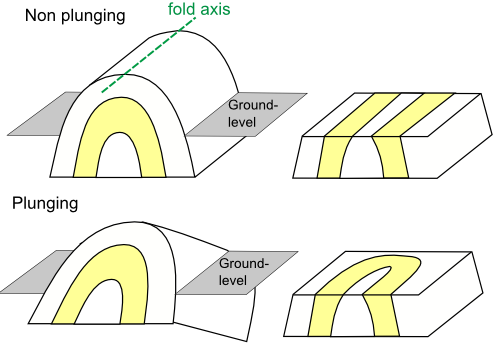


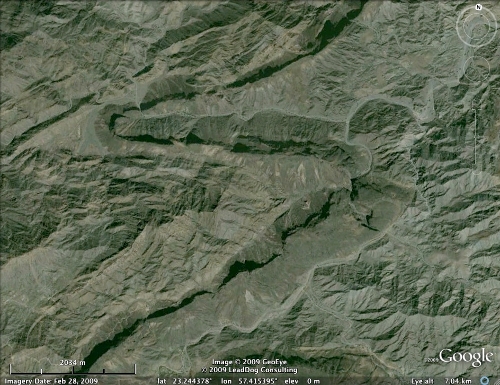
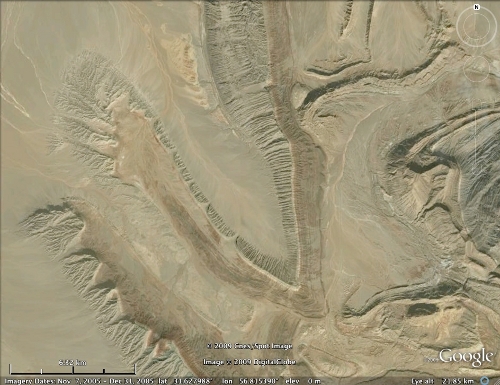
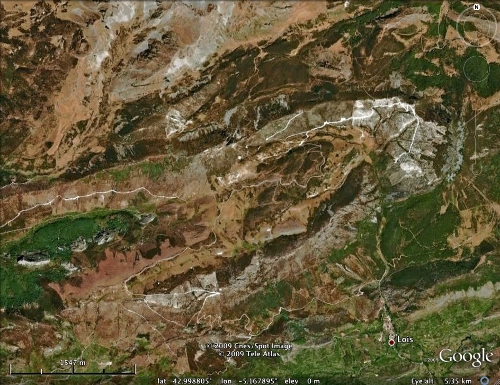
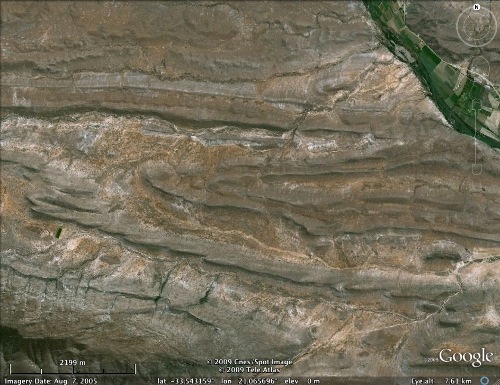

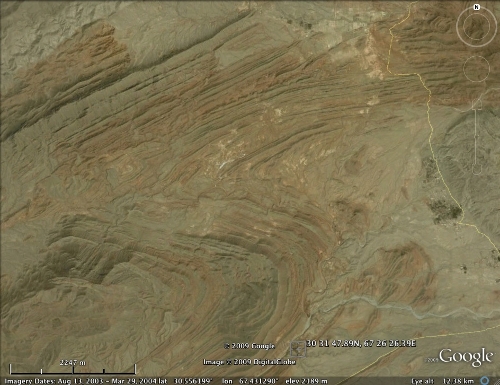
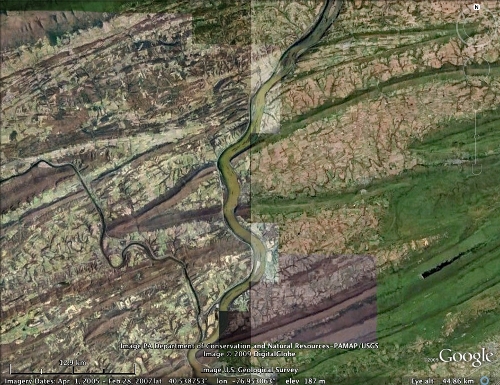
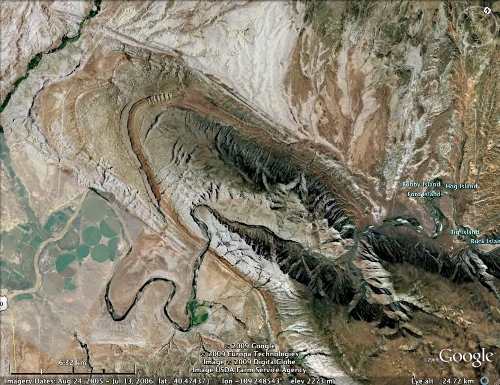



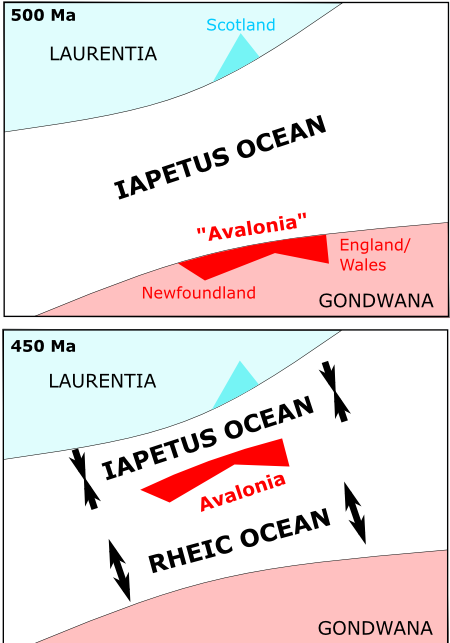


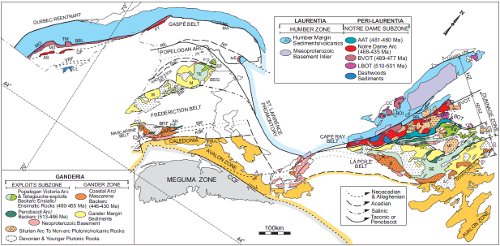
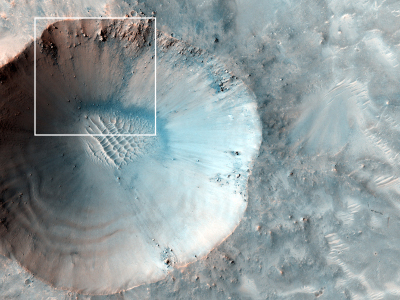
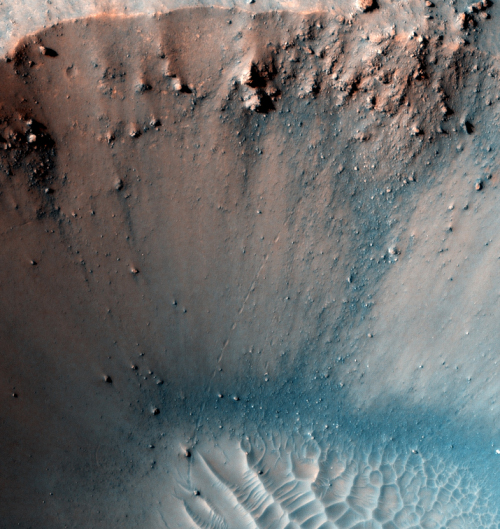
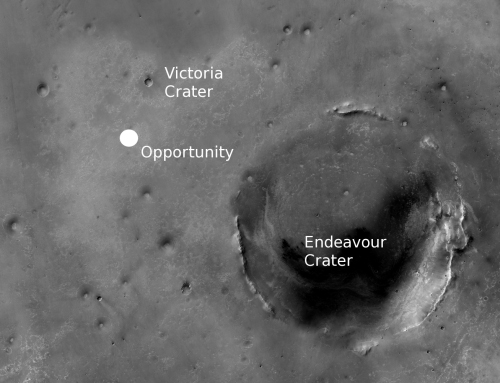
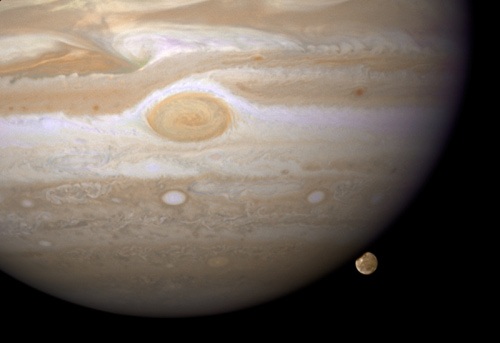
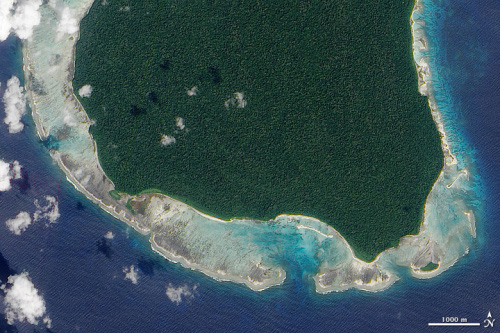


Nice plan for content warnings on Mastodon and the Fediverse. Now you need a Mastodon/Fediverse button on this blog.